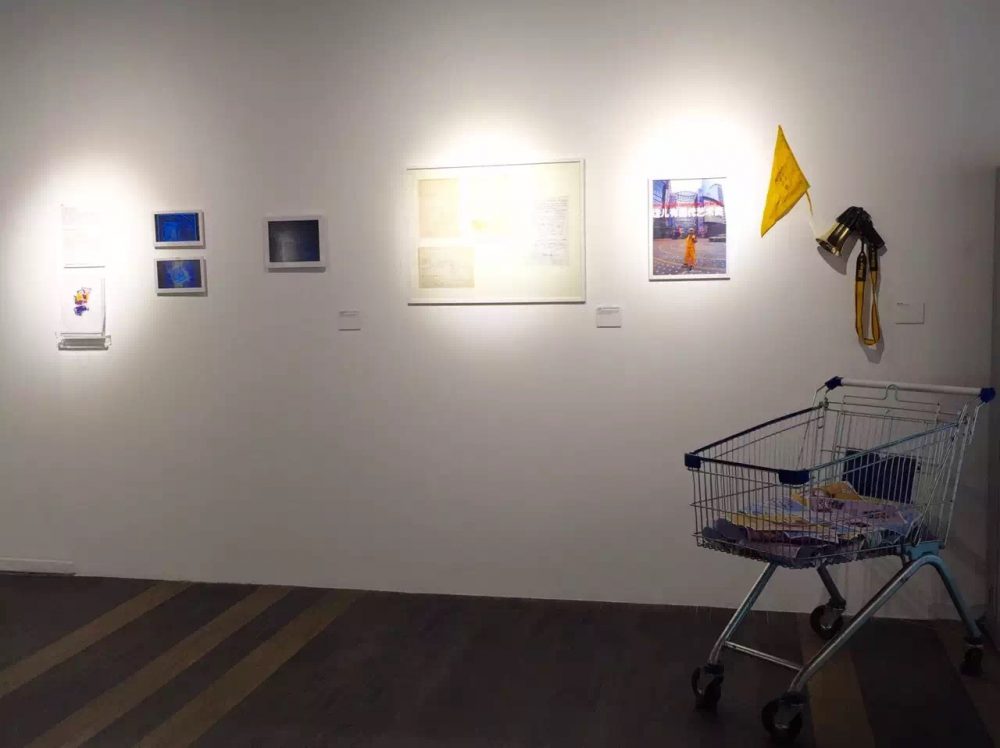-
2016.06.26-2016.10.30
OCAT Institute, Beijing, ChinaThis exhibition focuses on the “problems of exhibitions” in contemporary Chinese art, including the goals, organization, conditions, and challenges of exhibiting contemporary art in China. These problems inspired experimental artists, art critics, and independent curators during the 1990s, leading to many interrelated activities and discussions. During this process a large number of original exhibitions were planned and staged, while many influential works were conceptualized and created for special exhibitions. Prior to the normalization of contemporary art in the early 2000s, these activities constituted an “exhibition moment,” with a force and concentration rarely seen in world art history.
Today, nearly twenty years later, contemporary art exhibitions have become a vital part of the Chinese art scene, with numerous museums, galleries, and exhibition spaces constantly producing new shows. Yet the negotiation between experimentalism and public agendas still determines the identity and social significance of contemporary art. The historical experiences from the 1990s are still useful in thinking about this problem. Such experiences also constitute an important topic in studying the development of contemporary Chinese art.
This exhibition consists of two parts. Part One displays materials related to contemporary art exhibitions of the 1990s, focusing on twelve exhibitions organized between 1997 and early 2000, whose venues included a large public museum, a private museum, a mall, a fashionable bar, a convention center, a zone between city and countryside, an ancient building, basements in high rises, and other types of non-exhibition space. Entitled “Canceled: An Exhibition about an Exhibition,” Part Two is an exhibition within an exhibition. Through re-presenting the space and content of one of these twelve historical shows, it reflects on the interaction between the organizer, artists, and audiences of experimental exhibitions in the 1990s.



